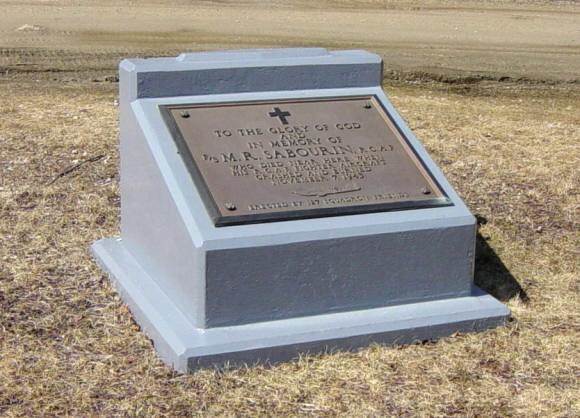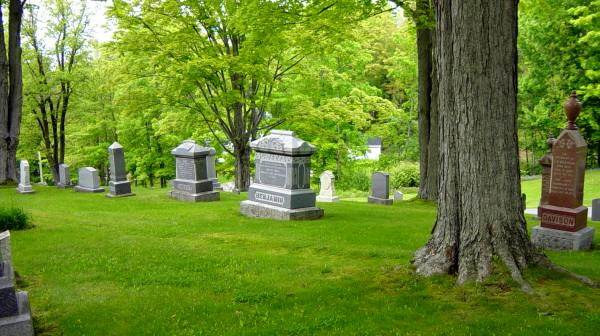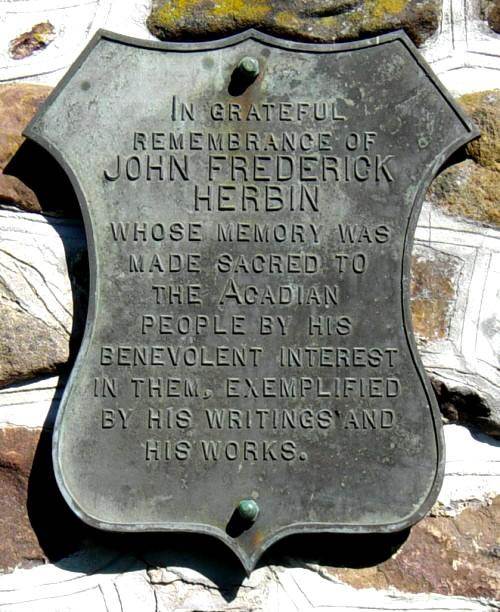
Planters 1760 – 1763
(“Planters” means colonists or settlers)
Photographs of Monument
Horton Landing Hortonville
Kings County Nova Scotia
GPS location: 45°06’48″N 64°16’47″W
9 June 2005 Meeting at Horton Landing
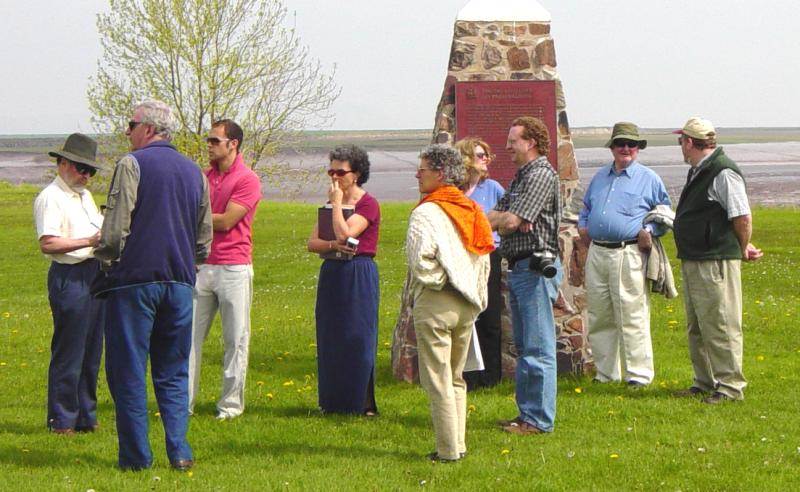
Looking northward
Photographed on 9 June 2005
Left to right:
1: John Whidden, Wolfville Historical Society
2: John Vaillancourt, Wolfville Historical Society
3: Joe Kinsman, Executive Assistant to the Hon. David Morse, MLA
4: Beth Keech, Grand Pre Heritage Society
5: Theresa Bunbury, Parks Canada
6: Bria Stokesbury, Kings County Museum
7: David Baldwin, Apple Capital Museum
8: Gordon Haliburton, Chair, Kings Heritage Connection
9: Roger Hetu, Les Amis de Grand Pré
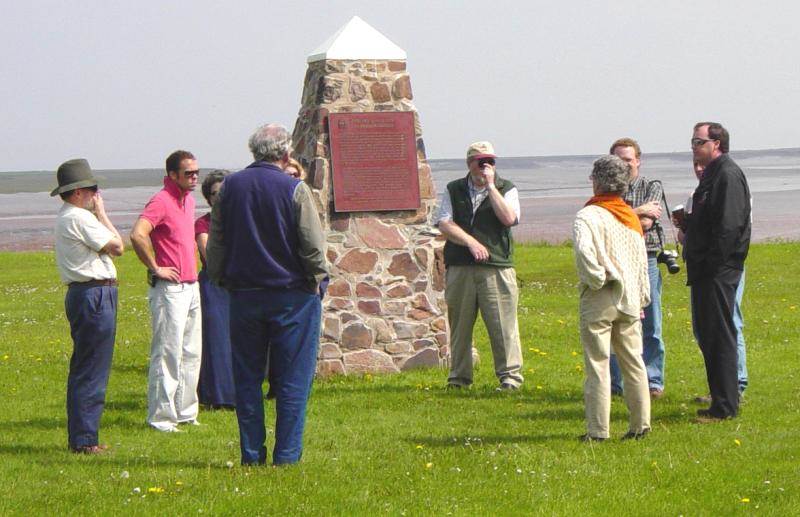
The original bronze plaque that has been here since 1960.
Photographed on 9 June 2005
Left to right:
1: John Whidden, Wolfville Historical Society
2: Joe Kinsman, Executive Assistant to the Hon. David Morse, MLA
3: Beth Keech, Grand Pre Heritage Society
4: John Vaillancourt, Wolfville Historical Society
5: Bria Stokesbury, Kings County Museum
6: Roger Hetu, Les Amis de Grand Pré
7: Theresa Bunbury, Parks Canada
8: David Baldwin, Apple Capital Museum
9: Brian Ward, Nova Scotia Department of Transport (black jacket)
10: Nova Scotia Department of Transport (behind B. Ward)
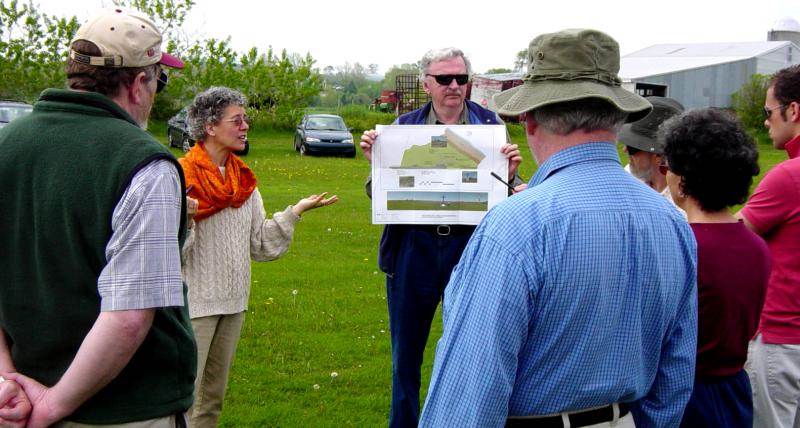
Photographed on 9 June 2005
Left to right:
1: Roger Hetu, Les Amis de Grand Pré
2: Theresa Bunbury, Parks Canada
3: John Vaillancourt, Wolfville Historical Society
4: Gordon Haliburton, Chair, Kings Heritage Connection
5: John Whidden, Wolfville Historical Society
6: Beth Keech, Grand Pre Heritage Society
7: Joe Kinsman, Executive Assistant to the Hon. David Morse, MLA

Looking westward
Photographed on 9 June 2005

Looking southward
Photographed on 9 June 2005

The bronze plaque has been removed.
Photographed on 25 July 2005
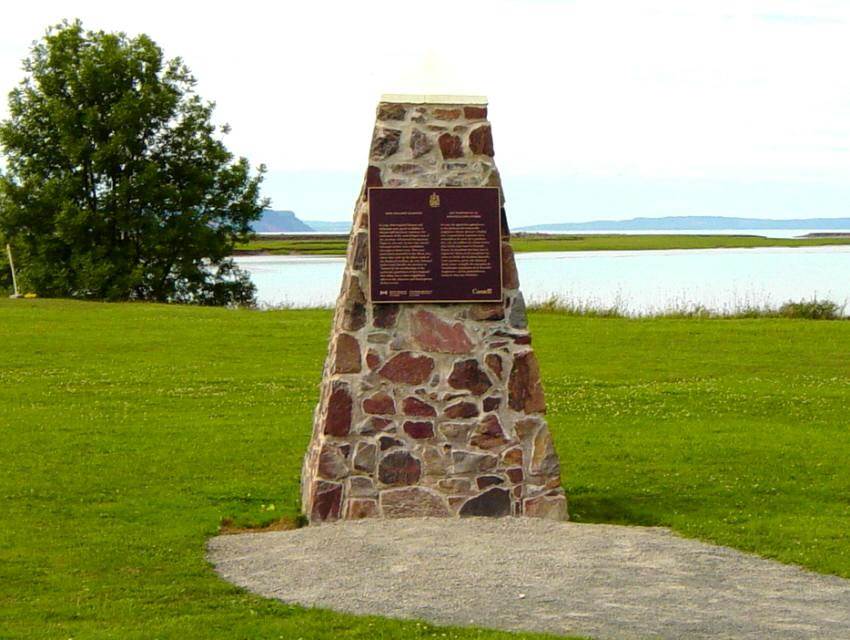
A new bronze plaque has been installed.
Photographed on 28 July 2005
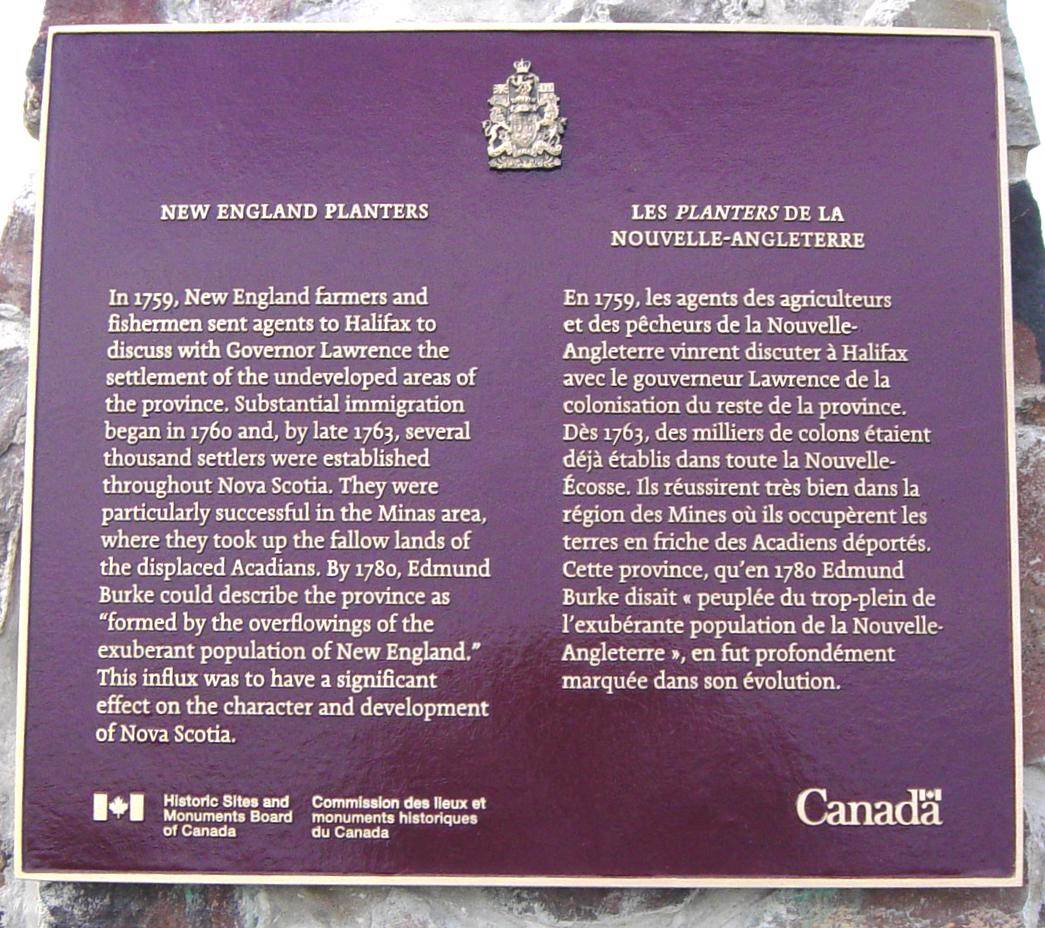
The new bronze plaque.
Photographed on 28 July 2005
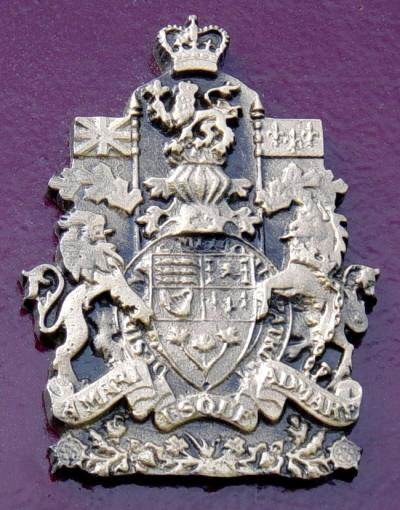
A detail of the new bronze plaque.
Photographed on 28 July 2005

Photographed on 28 July 2005
Above: Photographs taken in 2005
Below: Photographs taken in 2002-2003
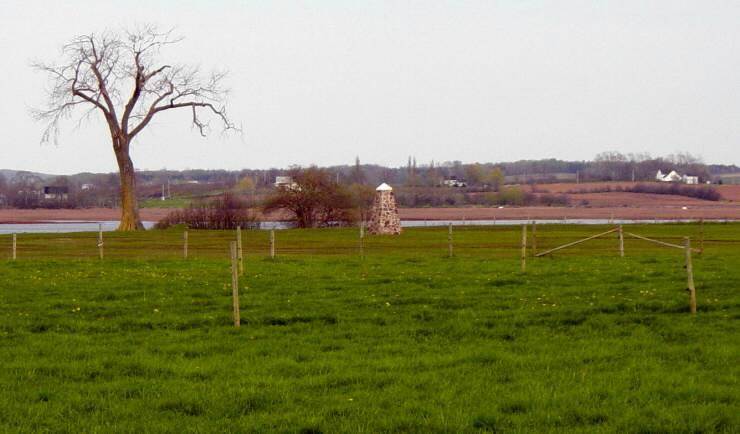
Photographed on 21 May 2003
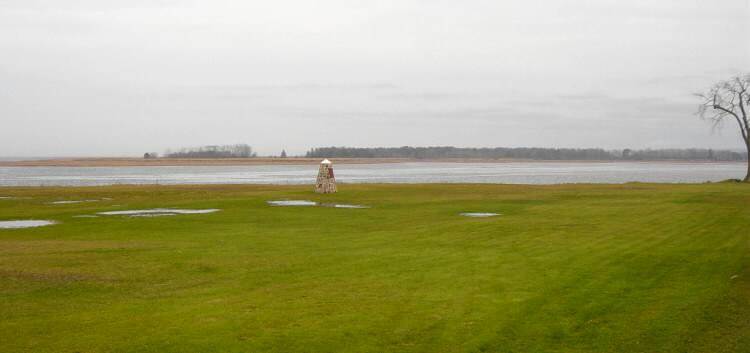
Photographed on 21 November 2002
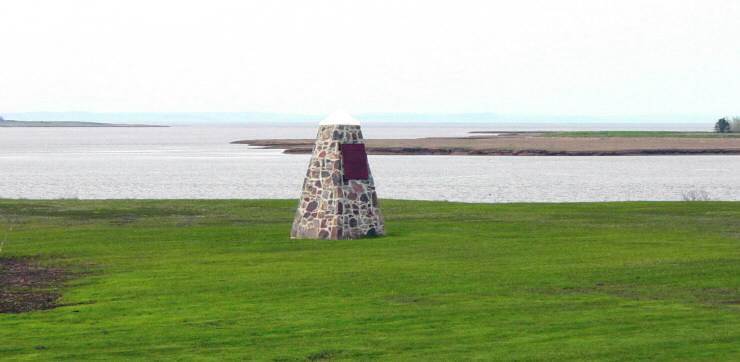
Photographed on 21 May 2003

Cape Blomidon in the background
Photographed on 21 May 2003

The original plaque, 1960 to July 2005
Edmund Burke (1729-1797) was one of the foremost
political thinkers of 18th century England.
Photographed on 21 November 2002 Plaque date: 1960
Also see: Planters Cairn at Town Plot, Starr’s Point
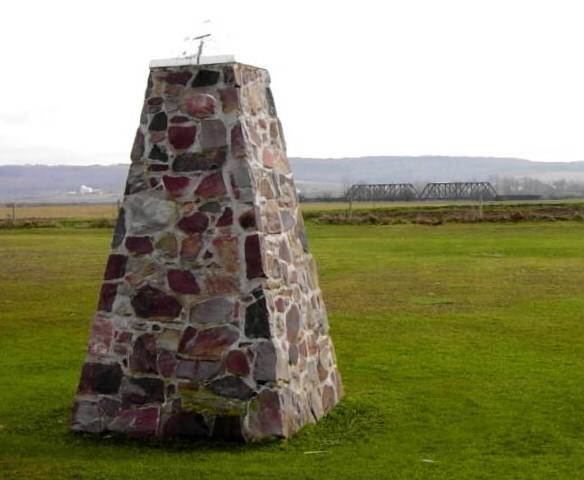
In the distance we see the Windsor & Hantsport Railway bridge
over the Gaspereau River.
Photographed on 21 November 2002
Thanks to Mr. Garnet Clarke.
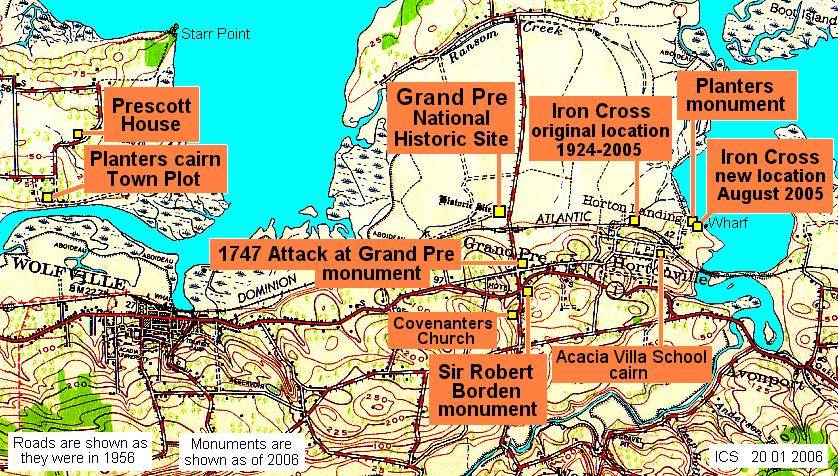
Map showing the location of the Planters monument
Horton Landing, Kings County, Nova Scotia
Roads are shown as they were in 1956. Except for Highway 101, the
layout of the roads in 2006 has not changed much from that shown here.

The location of the Planters monument
superimposed on a 1749 French map of Minas Basin
Map source:
Northeast Archaeological Research
http://www.northeastarch.com/minas_environs.html
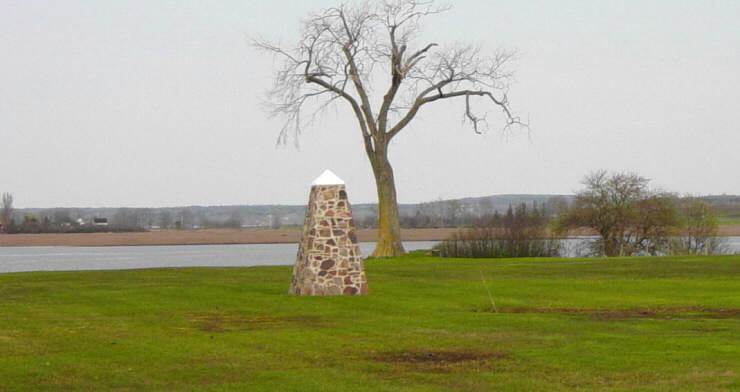
The tree marks the location of an old wharf
Photographed on 21 May 2003
The remains of the old wharf near the Planters Monument
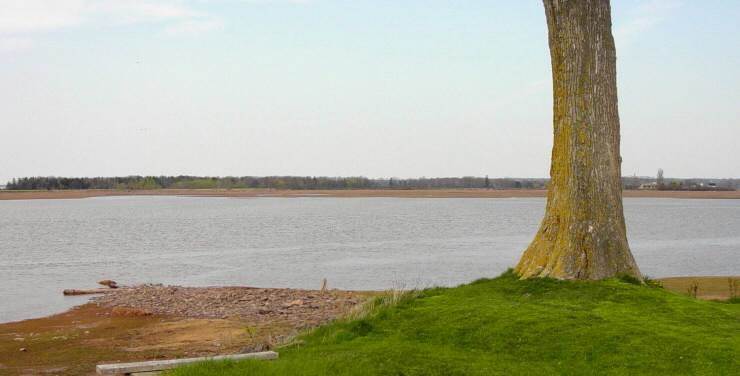
Photographed on 21 May 2003, about an hour before high tide
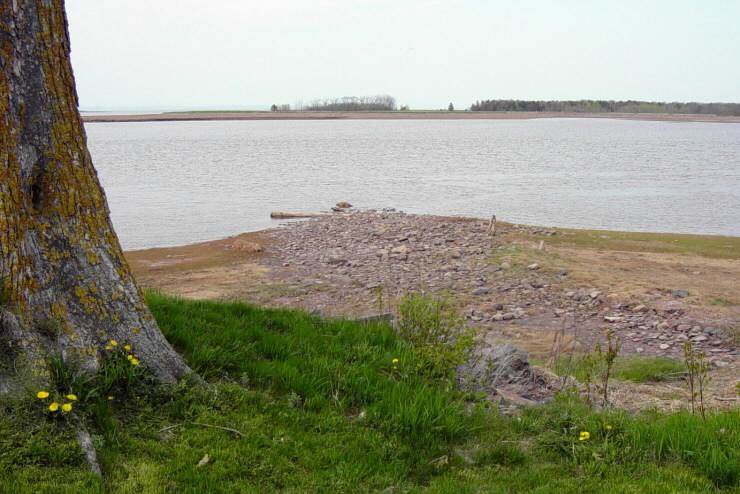
Photographed on 21 May 2003, about an hour before high tide
The remains of the old wharf near the Planters Monument

Photographed on 9 June 2005,
at low tide looking upstream (southeasterly)

Photographed on 9 June 2005,
at low tide looking downstream (northeasterly)
Planter 2010 Celebration in Nova Scotia
New England Migration
Between 1760 and 1774, approximately 8000 Planters from
the colonies of Connecticut, Massachusetts, Rhode Island,
and New Hampshire came to Nova Scotia…
http://ace.acadiau.ca/history/plmigrat.htm
Planters Study Centre Established in Kings County, March 2003
Between 1759 and 1768, some 8000 New England Planters
emigrated to what is now the Maritime provinces of Canada…
http://www.fnsh.ns.ca/news_mar03_planters.html
These links were accessed and found to be valid on 15 November 2009.
East Coast Kin, Maritime History Lesson Part Two
The Global Gazette, 13 June 1998
…Until recent times, history largely overlooked the Planters,
a term coined (or perhaps more accurately, resurrected) by
acclaimed Maritime historian Esther Clark Wright in 1978.
Planter is an Elizabethan English word meaning settler…
http://globalgazette.net/gazsd/gazsd12.htm
Imprint Of The New England Planters
by Bill Hamilton, the Sackville Tribune-Post, 19 January 2000
…According to a census taken in 1767, well over half
of Nova Scotia’s population of some 18,000 was of
New England origin. This migration, described as
“an overflowing from the exuberant population of
New England” reached a peak on the Tantramar in 1761,
with the arrival of settlers from Rhode Island,
Massachusetts and Connecticut…
http://www.tantramar.com/trib/2000/01/19/columns.html
The Planter Prime Ministers
by Bill Hamilton, the Sackville Tribune-Post, 21 June 2000
…Of the 21 individuals who have served as Prime Minister of
Canada, there have been but four Maritimers:
Sir John S. D. Thompson,
Sir Charles Tupper,
Sir Robert Borden and
Rt. Hon. R. B. Bennett.
It is worthy of note that the latter three all shared a common
New England Planter ancestry…
http://www.tantramar.com/trib/2000/06/21/columns.html
Planter Studies Centre
Acadia University’s Planter Studies Centre is a research
institute which focuses scholarly attention on the 8000
New England residents who migrated to Nova Scotia
between 1759 and 1774…
http://libguides.acadiau.ca/planter
Glimpses of the Past
The wise policy of the government of Nova Scotia, which induced NewEngland farmers to settle upon the lands in the peninsula from which the Acadians had been removed, was extended to others who wished to establish themselves in other sections of the province; and grants were soon made to companies and to individuals in different parts of the district which now forms the province of NewBrunswick. Many also went northward and westward towards the Canadian (Quebec) border. “Aperfect fever for emigration from the older towns commenced,” as Kidder says,
[“Military Operations in Eastern Maine and Nova Scotia during the Revolution” by Frederic Kidder] “and a very few years sufficed to carry civilization over the largest part of Vermont, NewHampshire and much of Maine along and west of the Penobscot.” But the greater part of the emigration came toward Nova Scotia.The rapidity and extent of this influx of population are almost incredible. Gov. Lawrence’s proclamations had drawn attention to the province; the fall of Quebec, and the Indian treaty of1760, left no fear of an immediate renewal of the French and Indian wars; there were also, doubtless, greatly exaggerated reports of the fertility of the soil; yet it is impossible to fully account for the migration without supposing a sort of restlessness, such as sometimes seizes upon people en masse, and such as we have seen paralleled only in the early days of the “California fever”. Unlike the gold hunters, however, the NewEnglanders who came to Nova Scotia came as permanent settlers…
In the provincial building, at Halifax, historical information may be obtained from the legislative library, the Nova Scotia historical library, the record office, and the land office. The libraries of the legislature and the historical society have the same librarian. The record office, however, is at present under separate jurisdiction, and its archives contain the manuscript of1762 and the “general return” of1767 referred to in my recent article on the NewEngland emigration. The return compiled from this “General Return of the several Townships in the Province of Nova Scotia, the first day of January 1767,” is here repeated in a changed and corrected form:
Census as of January 1767
AmericansTotal persons in each township
St. John’s, Island of
Prince Edward Island
Omitted: Miramichi
St. John’s River and Cape Sable
— Source:
Glimpses of the Past: The County of Sunbury
Saint Croix Courier, St. Stephen, New Brunswick, 29 September 1892
— Reference:
Glimpses of the Past: Index
Saint Croix Courier, St. Stephen, New Brunswick, 7 January 1892



